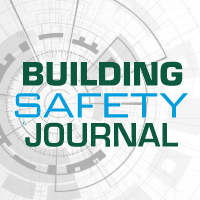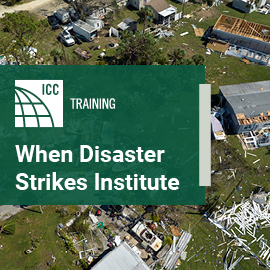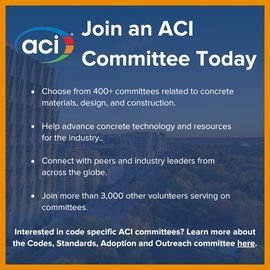
Existing building code essentials: Applicability
![]() The 2018 Code Essentials series are available as valuable companions to the 2018 International Building, Residential, Fire, Energy Conservation, Existing Building and Plumbing Codes. Aimed at all user levels — including first-time users, veteran code users and other professionals such as architects, designers and contractors — these guides use a straight-forward, focused approach to explore code requirements with non-code language, allowing readers to gain confidence in their understanding of the material and build a solid foundation for learning and applying the code’s requirements.
The 2018 Code Essentials series are available as valuable companions to the 2018 International Building, Residential, Fire, Energy Conservation, Existing Building and Plumbing Codes. Aimed at all user levels — including first-time users, veteran code users and other professionals such as architects, designers and contractors — these guides use a straight-forward, focused approach to explore code requirements with non-code language, allowing readers to gain confidence in their understanding of the material and build a solid foundation for learning and applying the code’s requirements.
2018 Existing Building Code Essentials
The Performance Compliance Method can be used for Alterations, Additions and Change of Occupancy of existing buildings and structures of most occupancy types without requiring full compliance with either the International Building Code (IBC) for new construction or the Work Area Compliance Method.
Where a partial Change in Occupancy classification occurs in an existing building and it is separated from the remainder of the building by fire barriers and/or horizontal assemblies having a fire-resistance rating as required by IBC Table 508.4 (Required Separation of Occupancies), only the changed portion of the building must comply with the Performance Compliance Method.
Where a partial Change in Occupancy classification occurs in an existing building and it is not separated from the remainder of the building by fire barriers and/or horizontal assemblies having a fire-resistance rating as required by IBC Table 508.4 (Required Separation of Occupancies), then the entire building must comply with the Performance Compliance Method using the most stringent requirements of the occupancies involved.
If new Additions are part of the project, they must be constructed per the IBC for new construction under the Performance Compliance Method. Where a fire wall in accordance with IBC Section 706 (Fire Walls) is provided between an Addition and the existing building, the Addition may be considered a separate building. If a fire wall is not provided between an Addition and the existing building, the combined height and area of the existing building and the Addition cannot exceed the height and area limitations of IBC Sections 504 (Building Height and Number of Stories) and 506 (Building Area).
If Alterations are part of the project, they cannot reduce the current levels of safety and sanitation in the existing building. However, if the current level of safety and sanitation in the existing building exceeds the requirements of the IBC for new construction, the portion that is altered need only meet the requirements of the IBC.
Click here to read the full Code Essentials excerpt.








